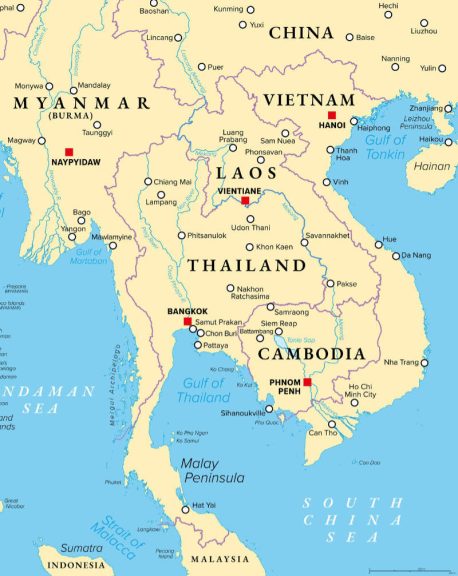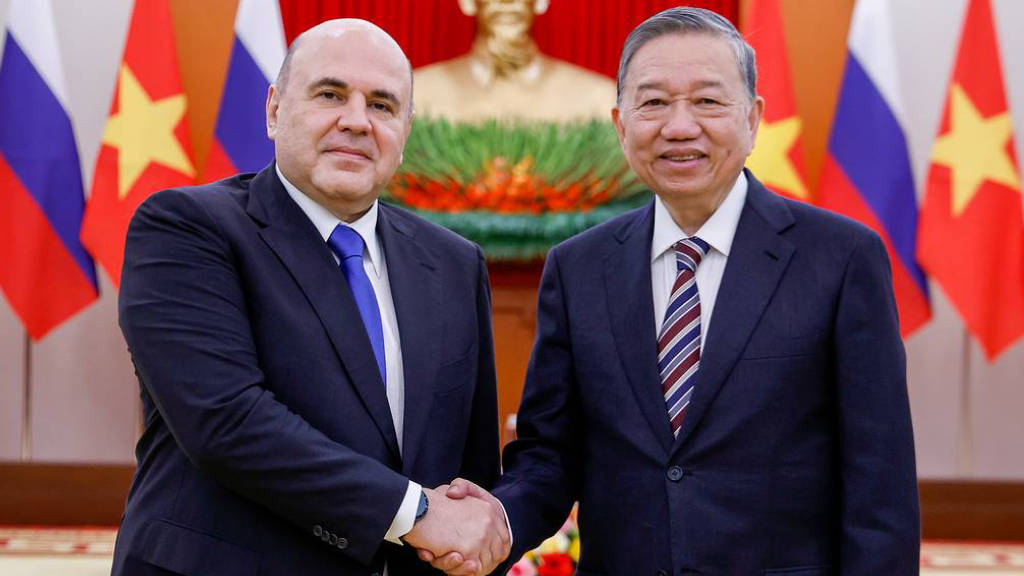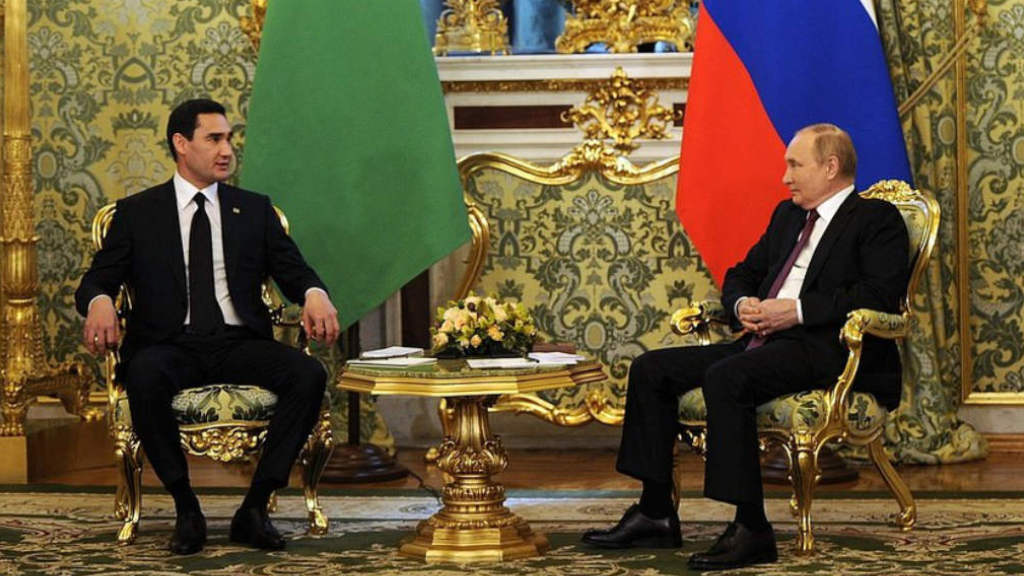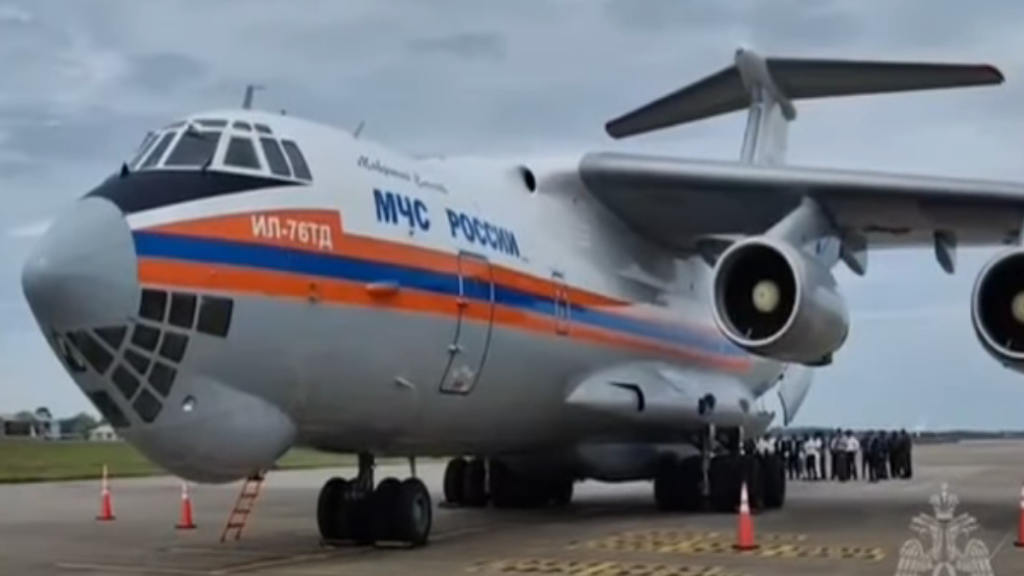Update: January 16
Russia is willing to supply liquefied natural gas (LNG) and oil to Vietnam, as well as help develop its nuclear power sector as it seeks to expand energy cooperation, Russian Prime Minister Mikhail Mishustin has stated. Russia and Vietnam have also agreed to continue supporting oil and gas projects on each other’s continental shelves, as well as Russian investment into Vietnam’s development of electric-powered river transport, according to a joint statement issued during Mishustin’s two-day trip to Hanoi.
Russia has sent a huge trade and investment delegation to Vietnam, lead by Prime Minister Mikhail Mishustin, accompanied by Deputy Prime Ministers Dmitry Chernyshenko and Alexey Overchuk, with Finance Minister Anton Siluanov, Industry Minister Anton Alikhanov, Minister of Digital Development, Communications, and Mass Media Maksut Shadayev, Economic Development Minister Maxim Reshetnikov, and Culture Minister Olga Lyubimova, attended, along with their Vietnamese counterparts.
Mishustin met with To Lam, Vietnam’s General Secretary of the Communist Party of Vietnam, and Vietnamese Prime Minister Pham Minh Chinh, and stated that “Today, Prime Minister Pham and I discussed the entire list of our bilateral issues, signed a corresponding action plan for our relations until 2030, confirmed 13 roadmaps and will achieve an expansion of our trade turnover to US$15 billion by 2030.”

Vietnam is on Southeast Asia’s eastern seaboard, allowing it to act as a Gateway to ASEAN for Russian products via Russia’s Far Eastern Ports, and as a conduit for Vietnamese and ASEAN products to access Russia. Vietnam also has a Free Trade Agreement with the Eurasian Economic Union, making it something of an Asian pioneer in the region.
Vietnam’s priority sectors of its economy are the energy, processing industry, high-tech industry (electronics), mining, metallurgical and chemical industries. Agriculture (including forestry and fishing) remains an important area of the country’s economic life. Other industries include electronics, machinery, steel, food processing, wood, textile, and footwear. It has benefitted by seeing investments relocate from increasingly expensive China, which is also under tariff increase threats from the United States. Vietnam is considered something of a safe haven from US-China geopolitical turmoil.
Vietnam is a member of the ASEAN Free Trade Area and also has Free Trade Agreements with China, Australia and New Zealand, India, Japan and South Korea in addition to the ASEAN nations. A free trade deal between Vietnam and the EFTA nations—Norway, Iceland, Liechtenstein, and Switzerland—is now being negotiated, while it enjoys ‘most favoured nation’ status with the United States. The Comprehensive and Progressive Agreement for Trans-Pacific (CPTPP) was also signed by Vietnam and ten other nations, including Australia, Brunei, Canada, Chile, Japan, Malaysia, Mexico, New Zealand, Peru, and Singapore. For Vietnam, the agreement became formally operative on January 14, 2019. Along with Australia, Brunei, Cambodia, the PRC, Indonesia, Japan, South Korea, Laos, Malaysia, Myanmar, New Zealand, the Philippines, Singapore, and Thailand, Vietnam has been a part of the Regional Comprehensive Economic Partnership (RCEP) since 2022.
Vietnam has a geographic area of 331,699 sq km and a population of 100.3 million. GDP (PPP) equals US$1.631 trillion, and GDP per capita (PPP) US$16,193. 2024 GDP growth reached 6.1%.
Russia’s trade with Vietnam reached US$ 7.1 billion in 2021, then experienced a dip as the logistics issues created by western sanctions hit the bilateral trade growth. Bilateral trade come 2023 essentially halved to about US$3.6 billion. However, this is now rebounding; in the first seven months of 2024, bilateral trade turnover surged to US$2.74 billion, up 45.5% year-on-year and implying an annual total of close to US5 billion was achieved for the year.
Russian agricultural exports have been growing and include condensed milk, honey, confectionery, pasta, seeds, and sunflower oil. Additionally, Russia is also a critical exporter of modern weaponry to Vietnam making the country the largest buyer of Russian weapons (around 70% of the country’s arms comes from Russia) in Southeast Asia. Vietnam exports a range of goods to Russia, including electronics, textiles, agricultural products such as coffee, pepper, seafood, and footwear. Vietnamese frozen prawns for example are now commonly available in Russia.
Russia is also an investor in Vietnam and had 123 projects valued at up US$1 billion at the end of 2023. Most of the Russian investments are focused on natural resource extraction and can be expected to grow. There are also expectations that Russia’s nuclear industry may invest in the country, as Vietnam’s fast-growing economy requires more energy.
In contrast, Vietnam has invested in 17 projects in Russia with a total value of about $1.63 billion, accounting for 7.3% of the total registered Vietnamese investment abroad and ranking RF fourth among 81 countries and territories in which Vietnam invests. The Vietnamese diary industry is a large investor into Russia, with the Vietnamese company TH-True Milk, the largest modern manufacturer of dairy and agricultural products in the country, announcing plans to invest around US$2.7 billion in the Russian economy. This involves the construction of farms and processing facilities in the Moscow, Kaluga and Tyumen regions, Bashkiria and Primorsky Krai by the end of 2025. Vietnam’s per capita milk consumption is growing with the dairy market expected to grow from 159.6 kilotons in 2021 to 375.1 kilotons by 2030.
Another area of potential Russian investments into Vietnam is cybersecurity services. Russian technologies from large companies such as Kaspersky Lab and Rostelecom, or lesser-known Russian IT firms that are not subject to Western sanctions, can become an important auxiliary tool for Vietnam.
One of the most prominent areas of economic cooperation between Russia and Vietnam is in the oil and gas sector. Companies like Gazprom and Rosneft from Russia have collaborated with PetroVietnam on several projects, both within Vietnam and in Russia.
A notable collaboration between the two countries was the joint venture between Kamaz and Vinamotor to produce Kamaz trucks in Vietnam. Russian companies have also shown interest in developing Vietnam’s railway infrastructure. Past projects have included modernizing the railway line connecting Hanoi and Ho Chi Minh City.
Presently Russia and Vietnam are also interested in developing seaborn connectivity and the natural geographic area for this is Russia’s Far East. The success would limit the deficiencies the two countries have historically had – geographic constraints which precluded closer and quicker trade relations.
Further Reading






